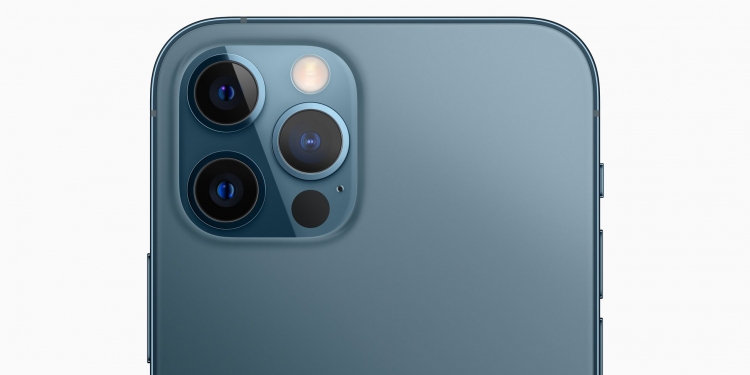Apple may be working on using a periscope telephoto lens, that could enable up to 10x optical zoom, for its next-generation iPhones. This follows a report by Apple analyst Ming-Chi Kuo, who noticed changes in Apple’s supply chain over the past year, and has predicted the implementation of better camera technology in the 2022 iPhones.
Kuo believes that Semco and Sunny Optical (the ‘best’ Korean and Chinese lens suppliers respectively) are joining the iPhone supply chain this year. He believes that we could see the inclusion of a periscope telephoto lens manufactured by Semco.
Another article by Digitimes backed this report, stating that Apple is looking to improve the camera set-up of its future devices. The way it plans to do this is by improving the phone’s zoom capabilities and it is looking to partner with South Korean companies to make this a reality. Additionally, TNW suggested that we might see Samsung made periscope lenses used in next year’s iPhone, though this seems quite unlikely.
If you are not familiar with how periscope lenses work, just think of a regular periscope like those used on a submarine. It is essentially a tube with two 45-degree lenses mounted at either end of them. The user looks into one and can see an image reflected from the other end.
In the case of a periscope lens it uses the same principle and noticeable by their use of a camera squarish module. The way the lens works is it uses a single mirror to bend the light at 90-degrees instead of having the light go directly to the sensor like a regular camera lens. This means the camera maker can put in a much longer lens without making the camera module too big and unsightly.
Several Android phones released this year already use periscope cameras that offer up to 10x optical zoom. Among the many models are the Samsung Galaxy S20 Ultra, Huawei P40 Pro, Oppo Find X2 and Xiaomi Mi 10 Ultra.
Both the iPhone 12 Pro and iPhone 12 Pro Max were recently awarded scores of 128 and 130 respectively, earning them a spot in DxOMark’s top five smartphone cameras. DxOMark commented in its testing that the latest iPhones were held back by their short zoom range. The iPhone 12 Pro offers a 2x optical zoom while the larger iPhone 12 Pro Max has a slightly longer 2.5x optical zoom.
Both iPhones couldn’t compete on the long end of the zoom range with competitors like Xiaomi and Huawei. Even worse, other phone makers have been pushing hard on extending the reach of phones with long range telephoto modules while Apple has been content to maintain a modest 65mm-equivalent focal length.
That being said, the Cupertino company is unlikely to embark on a fundamental design change in 2021 as it is a so-called ‘S year’ or whatever naming convention Apple chooses to call their phones. If this proves to be true then it is means that Kuo is likely correct, and we won’t see a periscope lens on an iPhone until 2022.
[SOURCE]








